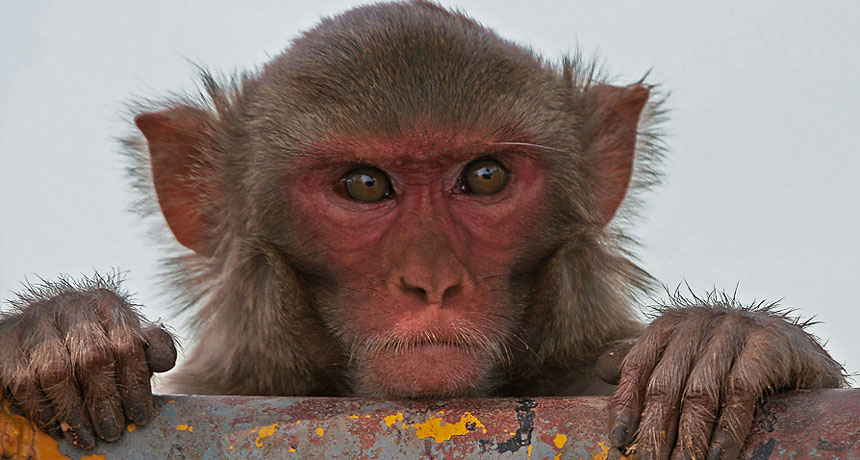Global Virome Project is hunting for more than 1 million unknown viruses

To play good defense against the next viral pandemic, it helps to know the other team’s offense. But the 263 known viruses that circulate in humans represent less than 0.1 percent of the viruses suspected to be lurking out there that could infect people, researchers report in the Feb. 23 Science.
The Global Virome Project, to be launched in 2018, aims to close that gap. The international collaboration will survey viruses harbored by birds and mammals to identify candidates that might be zoonotic, or able to jump to humans. Based on the viral diversity in two species known to host emerging human diseases — Indian flying foxes and rhesus macaques — the team estimates there are about 1.67 million unknown viruses still to be discovered in the 25 virus families surveyed. Of those, between 631,000 and 827,000 might be able to infect humans.
The $1.2 billion project aims to identify roughly 70 percent of these potential threats within the next 10 years, focusing on animals in places known to be hot spots for the emergence of human-infecting viruses. That data will be made publicly available to help scientists prepare for future virus outbreaks — or, ideally, to quash threats as they emerge.
“It’s ambitious,” says Peter Daszak, president of EcoHealth Alliance in New York City and a member of the Global Virome Project’s steering committee. But it’s more cost effective to head off pandemics than to deal with the aftermath, he says. “We believe we’re going to get ahead of this pandemic threat.”